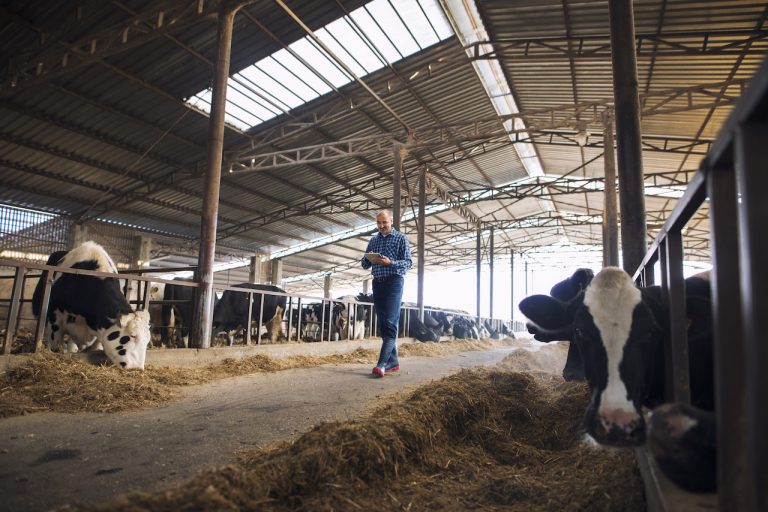According to the Czech Statistical Office (CZSO), meat production in the Czech Republic fell in the first quarter by 1.5% year-on-year. The decline was seen mostly in beef, less so in poultry and pork. Meanwhile, milk production increased by 2.2% compared to 2019 data. Photo credit: Freepik
Czech Republic, May 15 (BD) – In the first quarter of 2022, total meat production decreased by 1.5% year-on-year, to 111,669 tons. Beef production decreased the most (-2.3%, to 17,435 tons). The production of meat from pig farmers was 52,710 tons (-1.0%) and poultry meat production was 41,502 tons (-1.6%).
The number of fattened pigs slaughtered decreased year-on-year to 558,800 (-2.2%). Overall, in the first quarter, the number of pigs in farms decreased by 5.6% year-on-year to 1.43 million, and the number of sows fell by more than 10% to around 81,000.
“The results of livestock production for Q1 2022 highlight the declining production of meat and, particularly in the case of pigs, the already evident fall in their numbers due to the unsustainable difference between the rate of growth of input prices and the prices at which farmers sell their produce,” said Markéta Fiedlerová, an expert at CZSO’s Agricultural and Forestry Statistics Unit.
During the period under review, beef production in slaughterhouses fell to 17,435 tons (-2.3% y-o-y). A total of 56,100 head of cattle were slaughtered (-3.2%), of which 22,500 were bulls (-6.8%), 25,100 were cows (+0.9%), and 6,500 were heifers (-6.1%).
The prices for slaughter chickens increased 1.7%, with producers selling them in prime quality at an average of CZK 23.66/kg live. As of 1 April, the number of poultry decreased by 3.3% year-on-year to 23 million, including a 6.4% decrease in the number of hens, to 7.6 million.
The only breeding product that measured growth in Q1 2022 was milk. In fact, 770,975 thousand litres of milk (+2.2%) were collected from domestic producers, of which 670,536 thousand litres (+2.6%) were purchased by dairies. The number of sheep decreased by 4.9% to 174,000 and the number of goats by 3.2% to less than 25,000 animals. Farm milk producer prices increased by 14% from the previous year.







